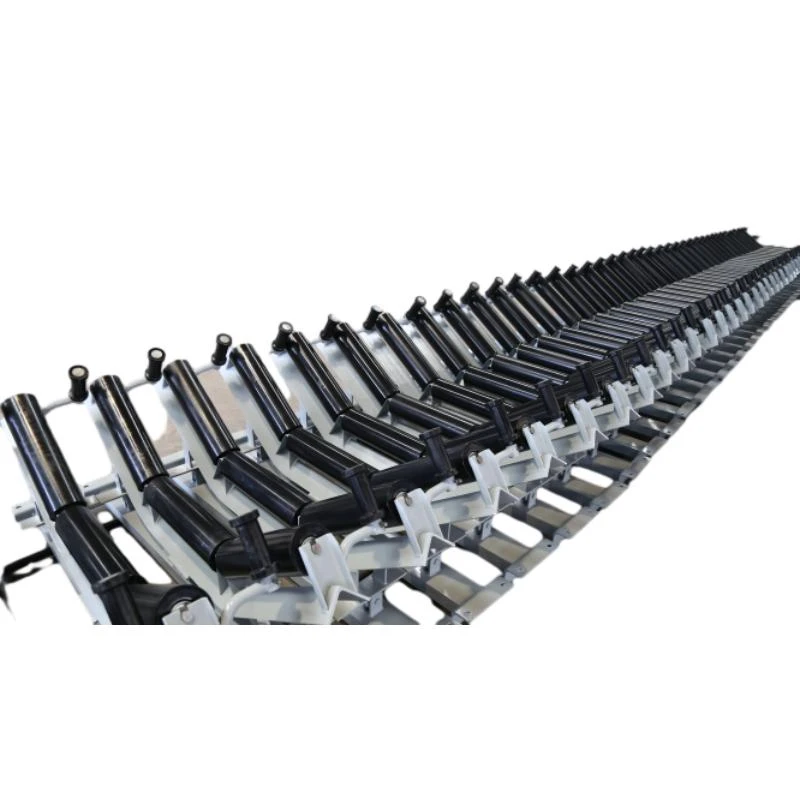 Afrikaans
Afrikaans  Albanian
Albanian  Amharic
Amharic  Arabic
Arabic  Armenian
Armenian  Azerbaijani
Azerbaijani  Basque
Basque  Belarusian
Belarusian  Bengali
Bengali  Bosnian
Bosnian  Bulgarian
Bulgarian  Catalan
Catalan  Cebuano
Cebuano  Corsican
Corsican  Croatian
Croatian  Czech
Czech  Danish
Danish  Dutch
Dutch  English
English  Esperanto
Esperanto  Estonian
Estonian  Finnish
Finnish  French
French  Frisian
Frisian  Galician
Galician  Georgian
Georgian  German
German  Greek
Greek  Gujarati
Gujarati  Haitian Creole
Haitian Creole  hausa
hausa  hawaiian
hawaiian  Hebrew
Hebrew  Hindi
Hindi  Miao
Miao  Hungarian
Hungarian  Icelandic
Icelandic  igbo
igbo  Indonesian
Indonesian  irish
irish  Italian
Italian  Japanese
Japanese  Javanese
Javanese  Kannada
Kannada  kazakh
kazakh  Khmer
Khmer  Rwandese
Rwandese  Korean
Korean  Kurdish
Kurdish  Kyrgyz
Kyrgyz  Lao
Lao  Latin
Latin  Latvian
Latvian  Lithuanian
Lithuanian  Luxembourgish
Luxembourgish  Macedonian
Macedonian  Malgashi
Malgashi  Malay
Malay  Malayalam
Malayalam  Maltese
Maltese  Maori
Maori  Marathi
Marathi  Mongolian
Mongolian  Myanmar
Myanmar  Nepali
Nepali  Norwegian
Norwegian  Norwegian
Norwegian  Occitan
Occitan  Pashto
Pashto  Persian
Persian  Polish
Polish  Portuguese
Portuguese  Punjabi
Punjabi  Romanian
Romanian  Russian
Russian  Samoan
Samoan  Scottish Gaelic
Scottish Gaelic  Serbian
Serbian  Sesotho
Sesotho  Shona
Shona  Sindhi
Sindhi  Sinhala
Sinhala  Slovak
Slovak  Slovenian
Slovenian  Somali
Somali  Spanish
Spanish  Sundanese
Sundanese  Swahili
Swahili  Swedish
Swedish  Tagalog
Tagalog  Tajik
Tajik  Tamil
Tamil  Tatar
Tatar  Telugu
Telugu  Thai
Thai  Turkish
Turkish  Turkmen
Turkmen  Ukrainian
Ukrainian  Urdu
Urdu  Uighur
Uighur  Uzbek
Uzbek  Vietnamese
Vietnamese  Welsh
Welsh  Bantu
Bantu  Yiddish
Yiddish  Yoruba
Yoruba  Zulu
Zulu take up pulley
Understanding the Take-Up Pulley Mechanisms and Applications
In the world of mechanical engineering and industrial applications, the take-up pulley plays a crucial role in ensuring the efficiency and longevity of various systems. This article delves into the importance, mechanisms, and applications of take-up pulleys, shedding light on why they are often considered indispensable components in conveyor systems and other machinery.
What is a Take-Up Pulley?
A take-up pulley is a mechanical device designed to adjust the tension of a belt or chain within a conveyor system or any other type of machinery that utilizes these components for movement. The primary function of the take-up pulley is to maintain the necessary tension in the belt or chain, preventing slippage and ensuring optimal performance. Without proper tension, systems can experience reduced efficiency, increased wear and tear, and ultimately, premature failure of components.
How Does a Take-Up Pulley Work?
The functionality of a take-up pulley is relatively simple yet effective. It typically consists of a pulley wheel and an adjustable mechanism that allows for the movement of the pulley along a set track or framework. When the belt or chain experiences elongation due to wear or temperature changes, the take-up pulley can be adjusted to restore the necessary tension.
There are two main types of take-up systems manual take-up and automatic take-up.
1. Manual Take-Up As the name suggests, this type requires an operator to adjust the tension manually. This may involve loosening bolts and moving the pulley into the desired position before securing it again. Manual take-up systems are generally simpler and less expensive but may require more labor and attention.
2. Automatic Take-Up These systems utilize springs or hydraulic mechanisms to automatically adjust the tension of the belt or chain. They are particularly advantageous in applications where constant monitoring of tension is not feasible. Automatic take-up systems contribute to reduced downtime and improved operational efficiency, making them popular in high-traffic industrial environments.
take up pulley

Applications of Take-Up Pulleys
Take-up pulleys are found in a variety of applications across numerous industries. Some of the common areas where they are essential include
- Conveyor Systems In manufacturing and warehousing, conveyor systems transport goods along assembly lines or between various locations. Proper belt tension is crucial for the smooth operation of these systems, making take-up pulleys vital components.
- Mining and Quarrying In the mining industry, take-up pulleys are used in the transportation of minerals and ores. The harsh conditions and load variations in these environments necessitate robust tension-maintenance solutions.
- Textile Industry In textile production, take-up pulleys help regulate the tension of threads during weaving, spinning, or knitting processes. Consistent tension is key to producing high-quality fabrics.
- Power Transmission In various machinery, take-up pulleys ensure that belts used in power transmission systems maintain the correct tension, preventing slippage that could lead to inefficiencies or mechanical failures.
Conclusion
The take-up pulley, though often overlooked, plays an important role in maintaining the efficiency and functionality of a wide range of mechanical systems. By providing essential tension management, these devices help to prevent issues related to slippage and wear, ultimately contributing to increased productivity and reduced maintenance costs. As industries continue to evolve and demand more efficient systems, the importance of reliable components like take-up pulleys will only increase, underscoring their value in modern engineering and manufacturing processes. Understanding their mechanisms and applications is crucial for anyone involved in design, maintenance, or operation of equipment that relies on these essential devices.
-
Revolutionizing Conveyor Reliability with Advanced Rubber Lagging PulleysNewsJul.22,2025
-
Powering Precision and Durability with Expert Manufacturers of Conveyor ComponentsNewsJul.22,2025
-
Optimizing Conveyor Systems with Advanced Conveyor AccessoriesNewsJul.22,2025
-
Maximize Conveyor Efficiency with Quality Conveyor Idler PulleysNewsJul.22,2025
-
Future-Proof Your Conveyor System with High-Performance Polyurethane RollerNewsJul.22,2025
-
Driving Efficiency Forward with Quality Idlers and RollersNewsJul.22,2025





























